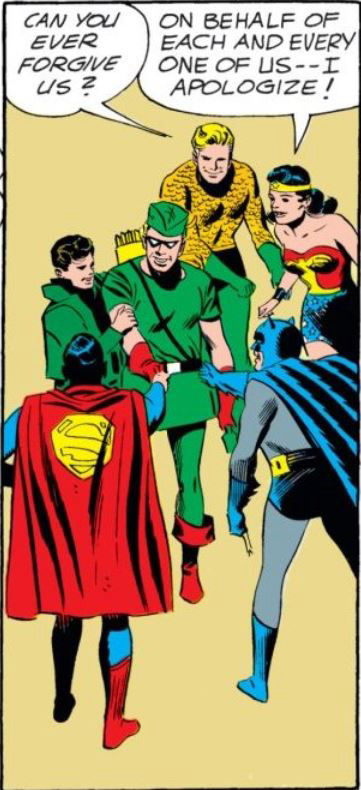
Introduction
The Early Years: Part 1 looked at Green Arrow in the 1940s through to the early 1950s. The character might not have starred in his own comic book but he did appear on the cover of many issues of More Fun Comics and there were times when he appeared in three comics in the same month - a modest success.
By the "Silver Age" of the late 1950s and early 1960s covered in The Early Years: Part 2, Green Arrow was limping along in back-up features.
In the ealry 1960s Green Arrow (G.A. for short) was incorporated into the broader DC Universe. After his solo features were cancelled, Green Arrow still appeared in the Justice League of America (JLA for short) as one face in a crowd.
Eventually this meant writers and artists could take chances with the archer in ways they would not with more successful characters.
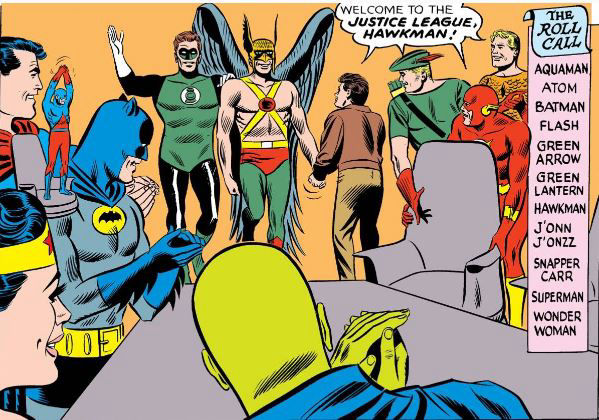

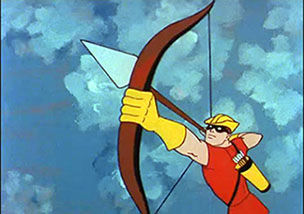
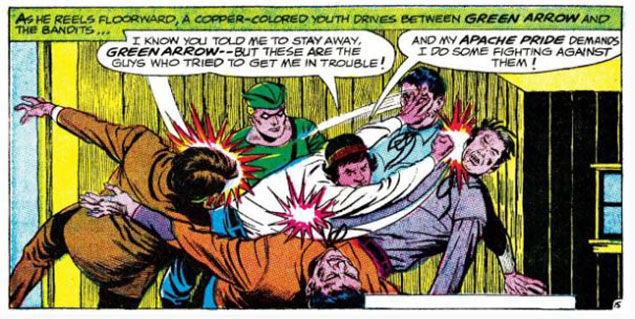
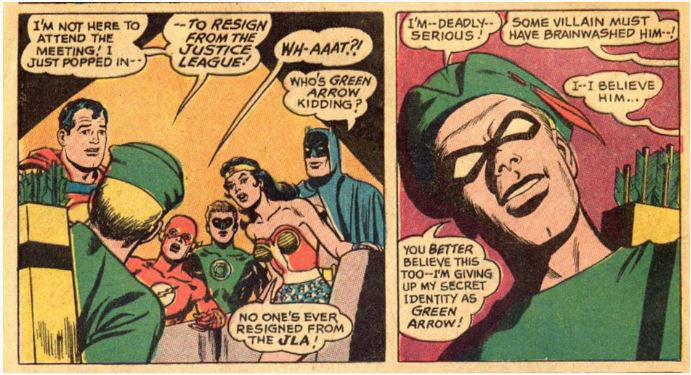
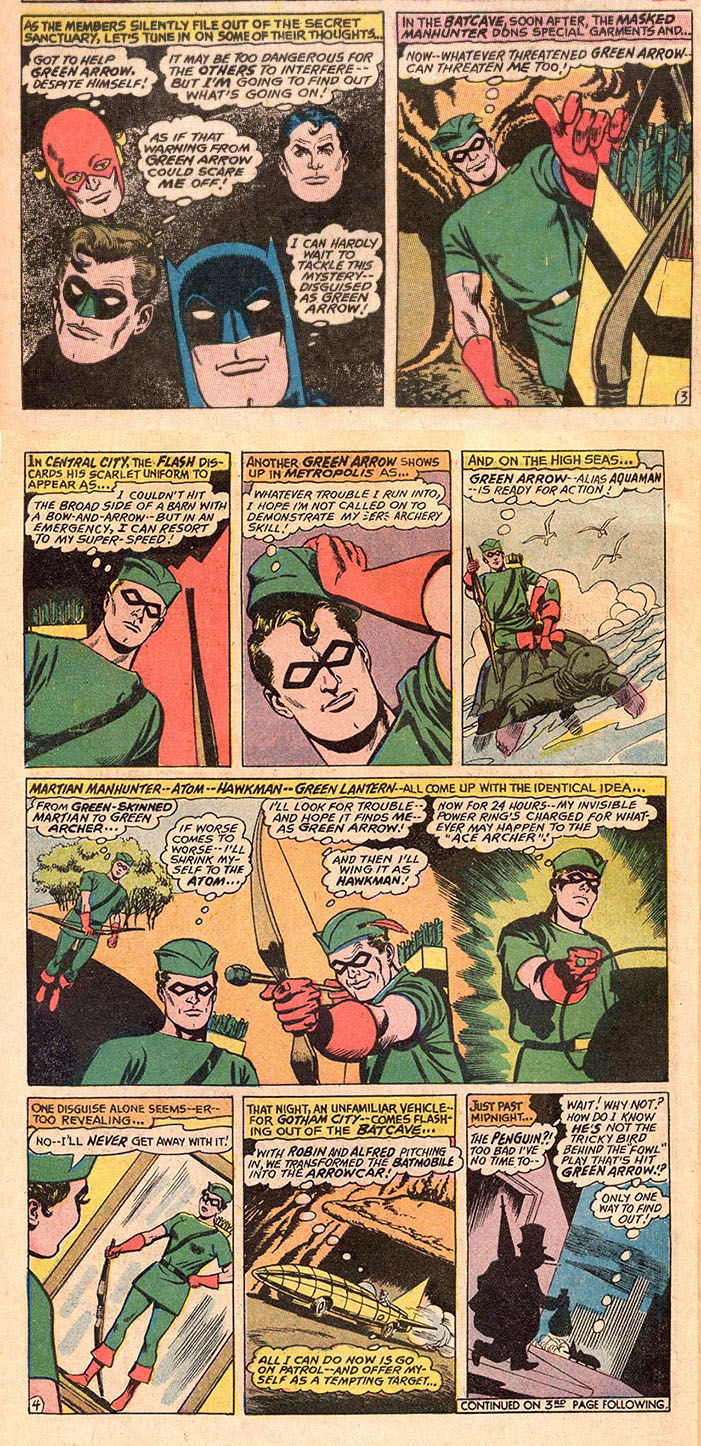
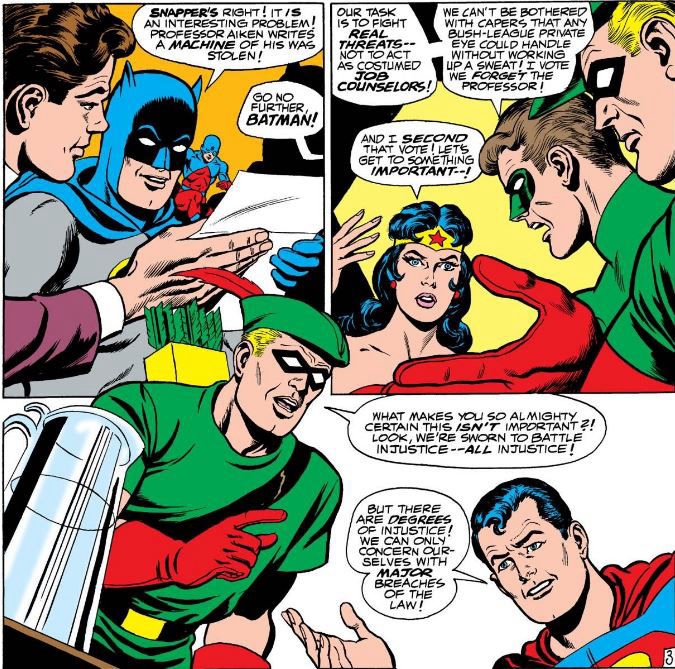
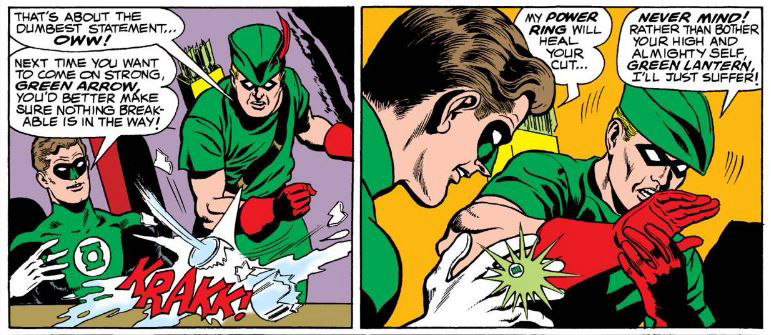
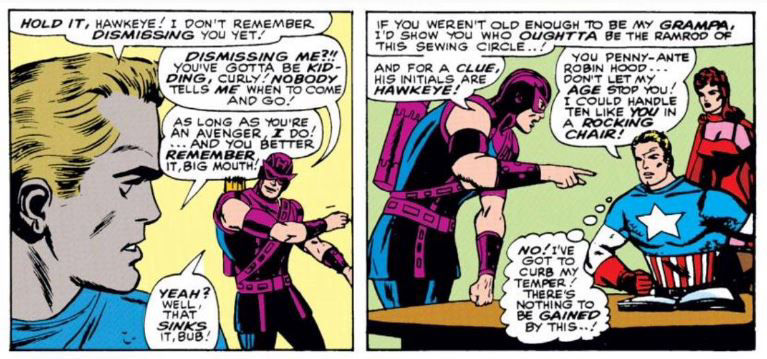
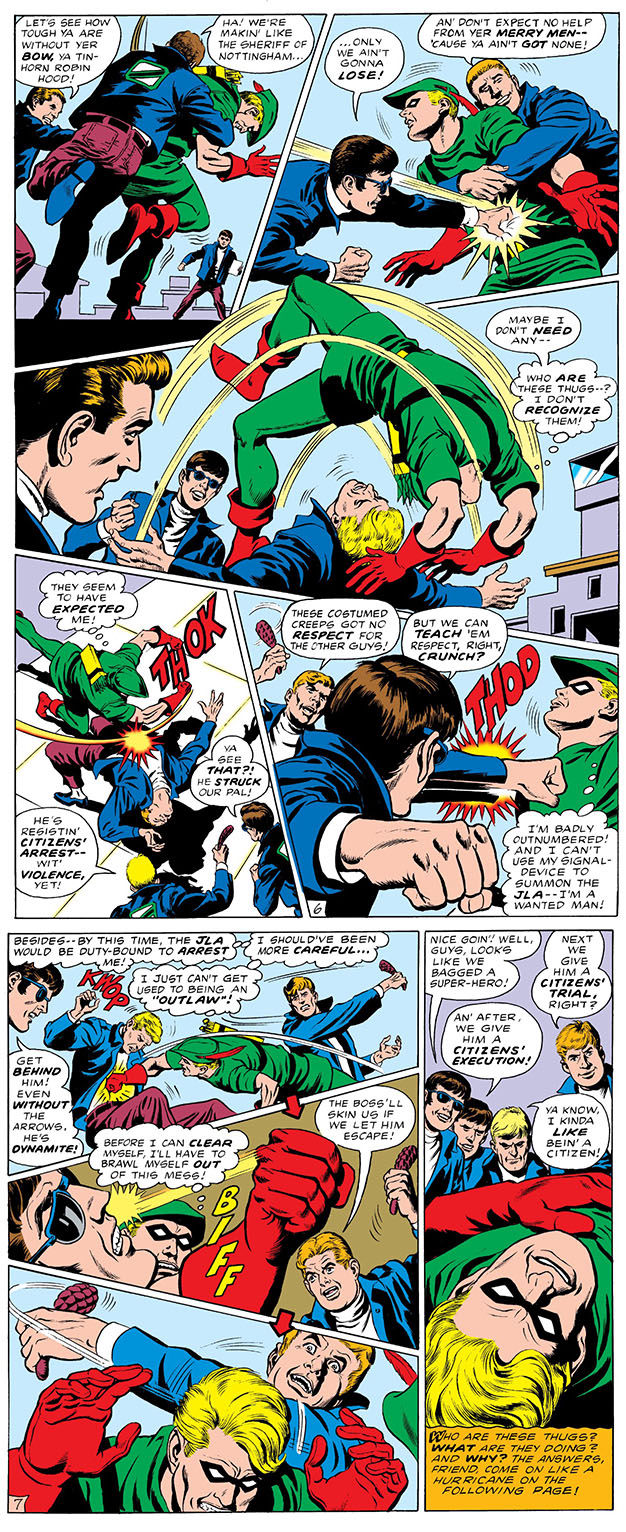
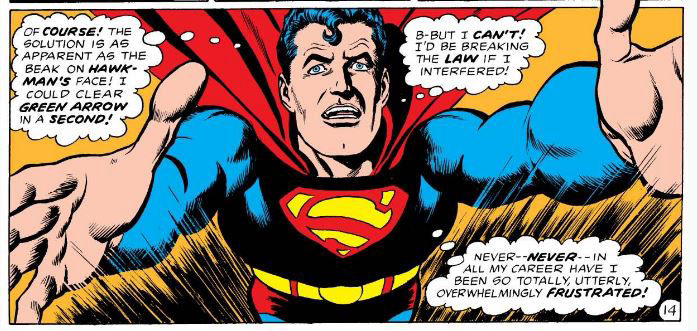
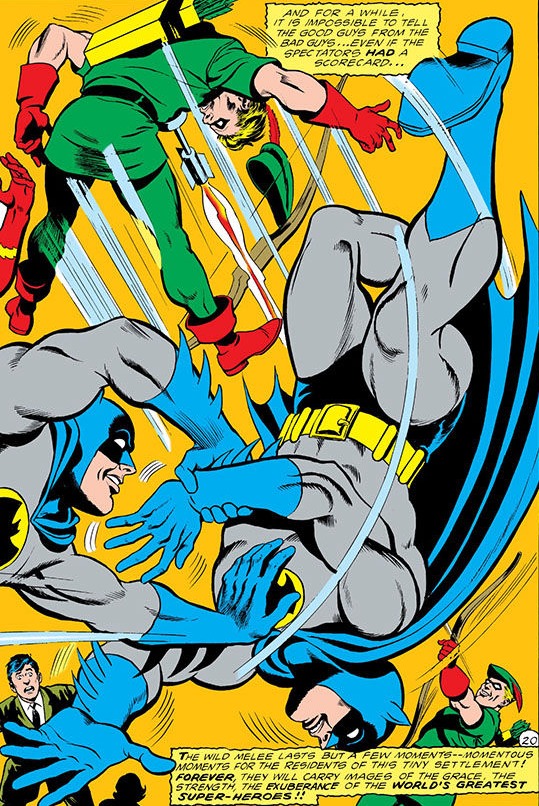
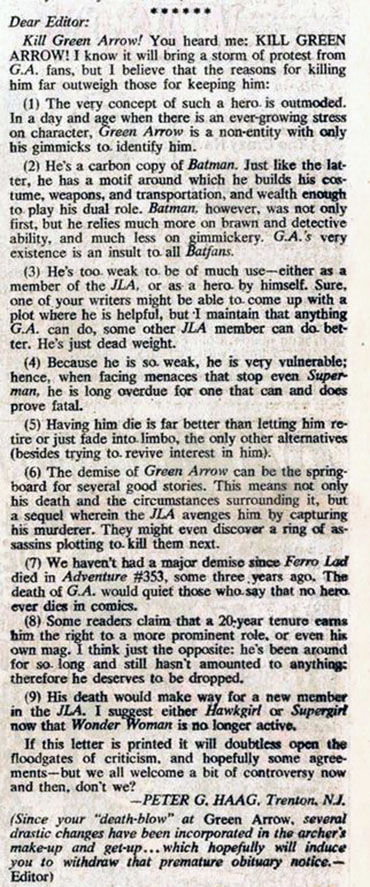
Contact Us